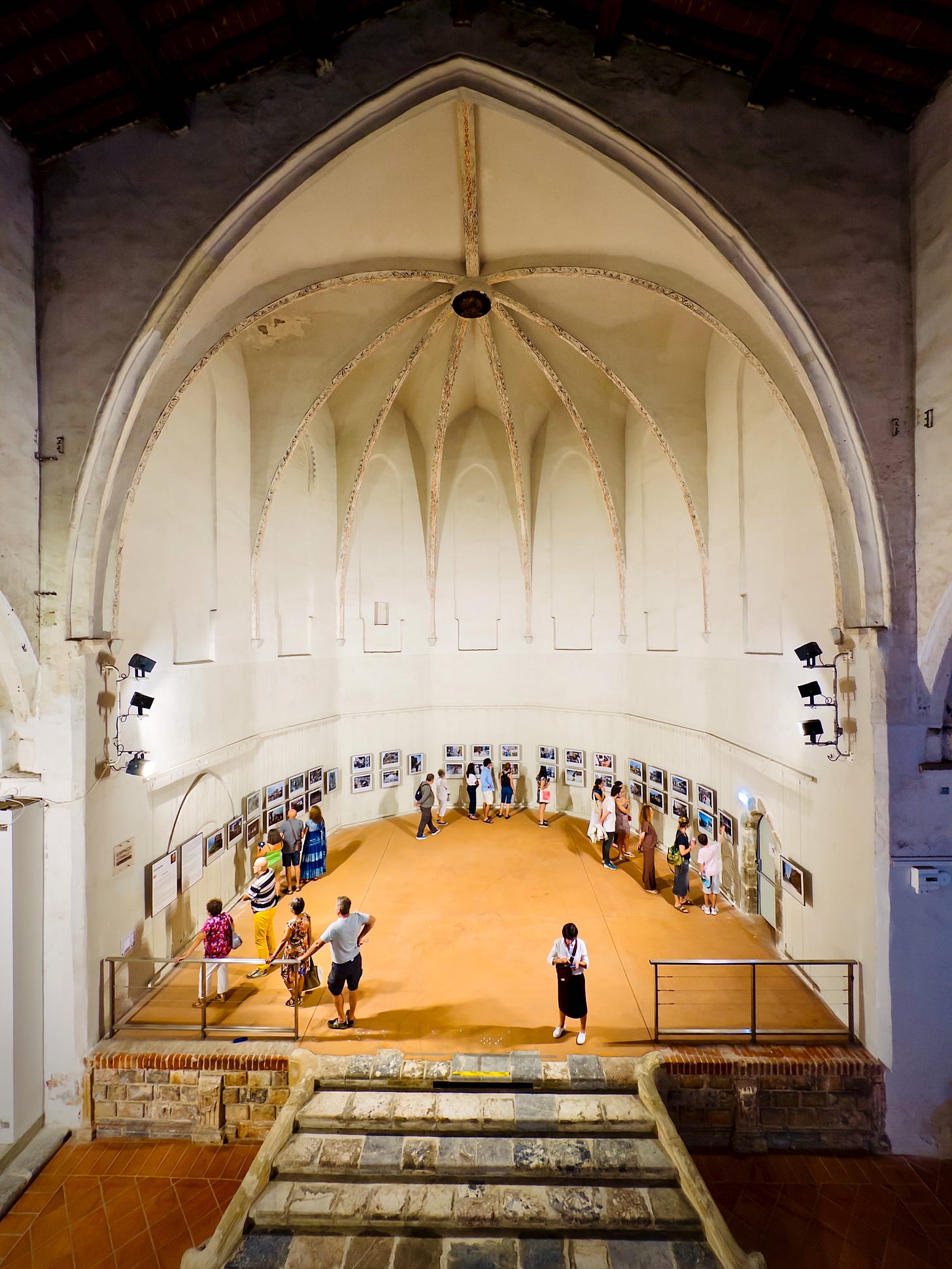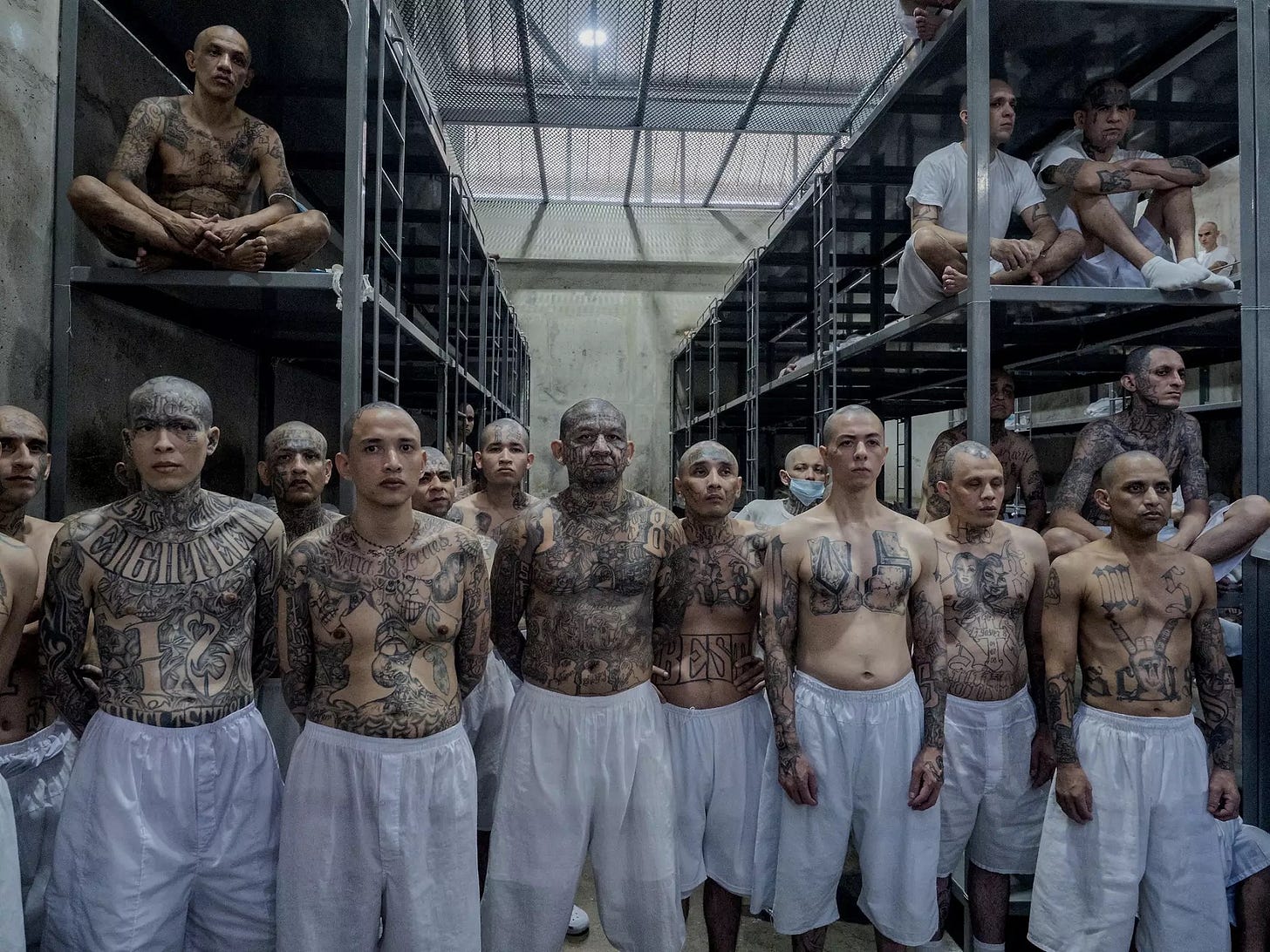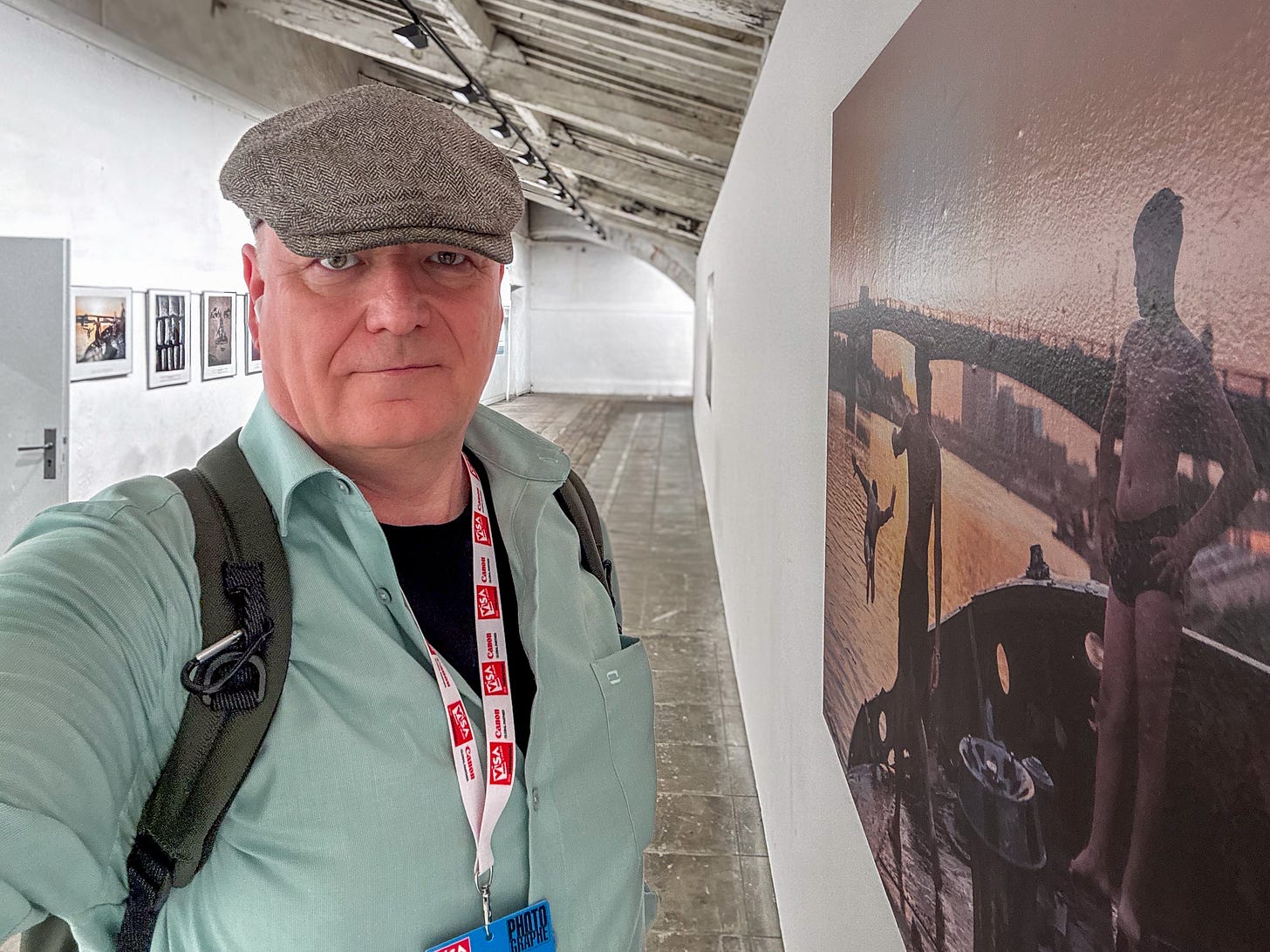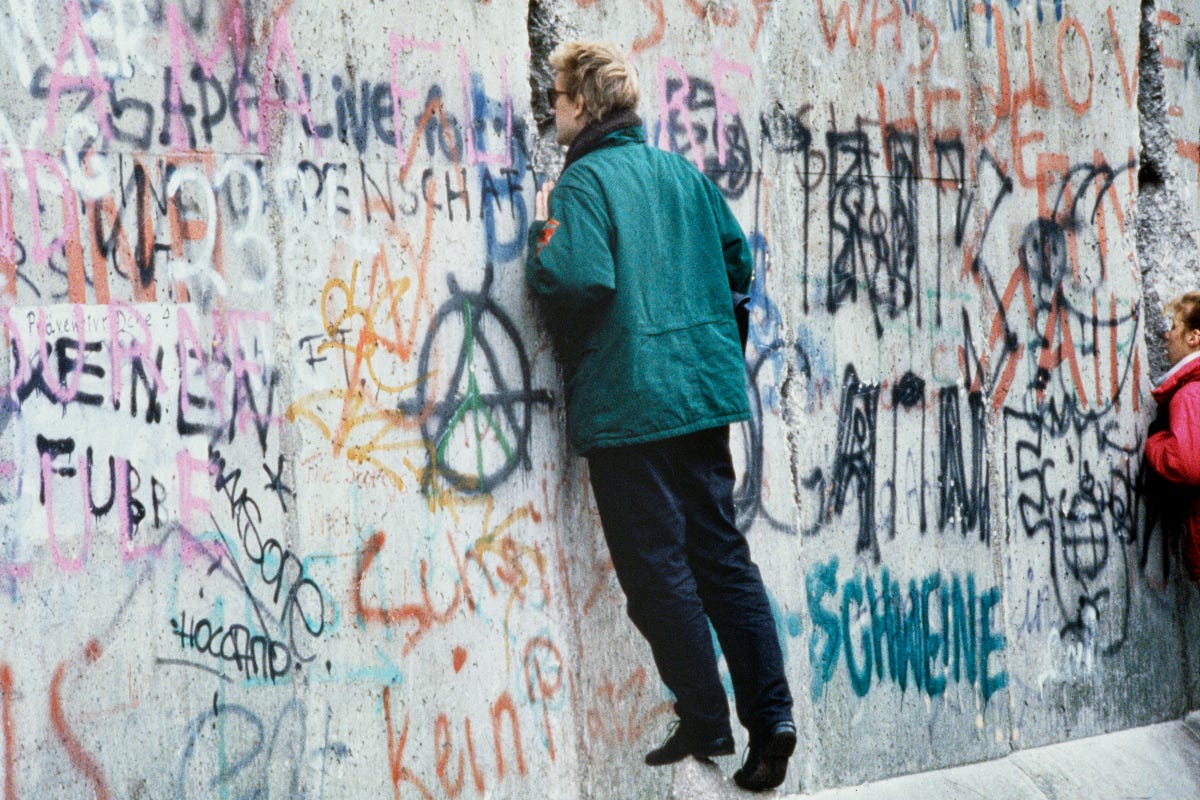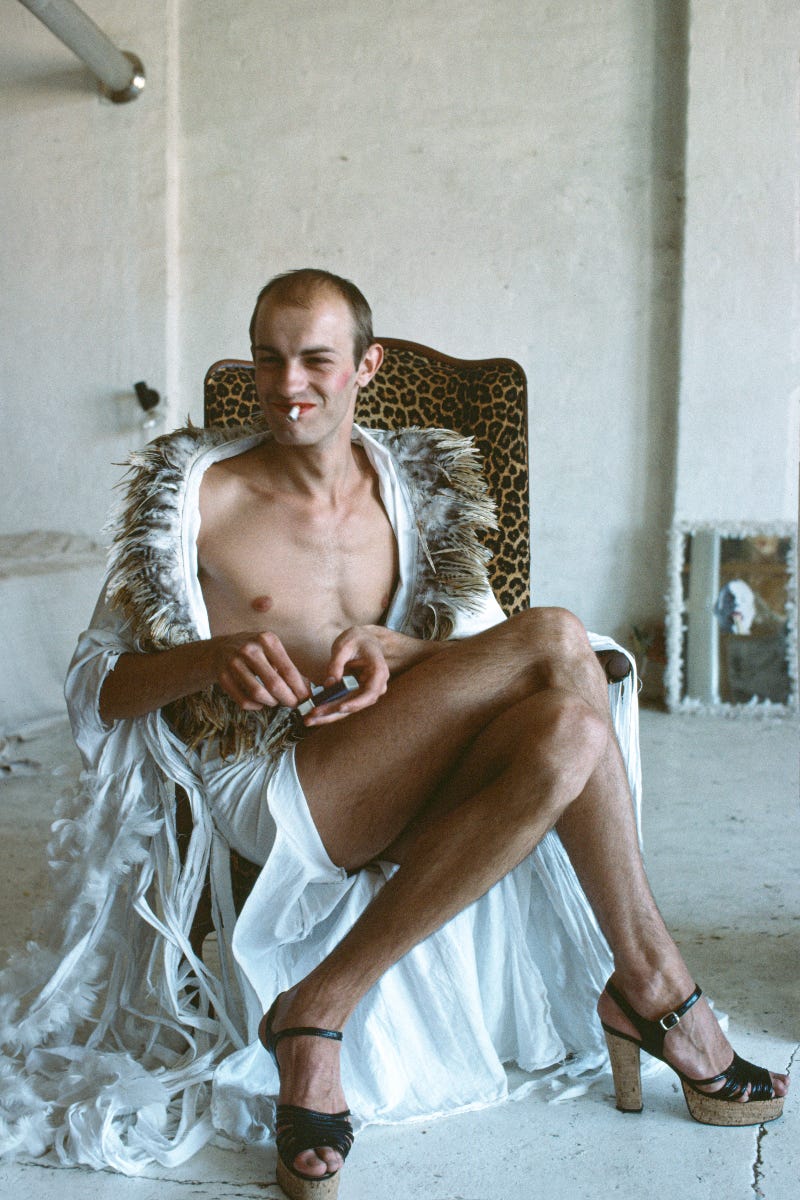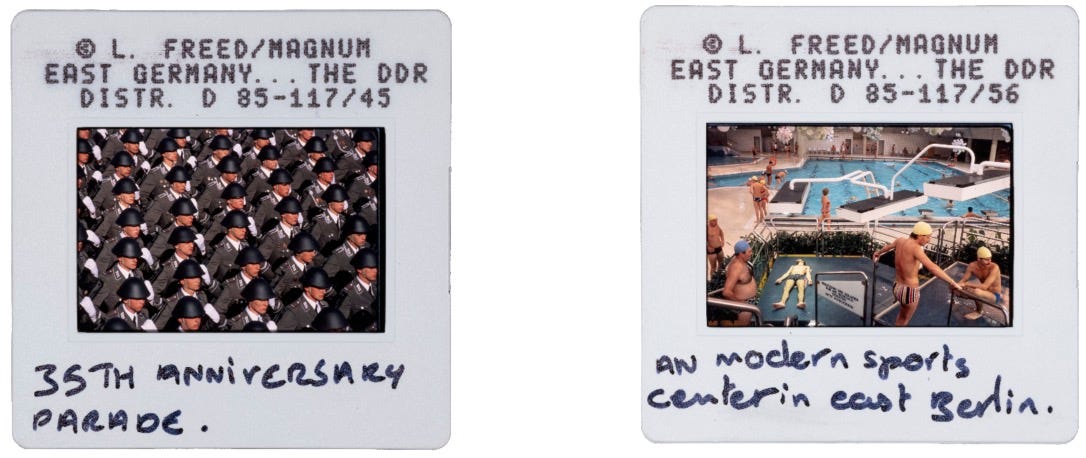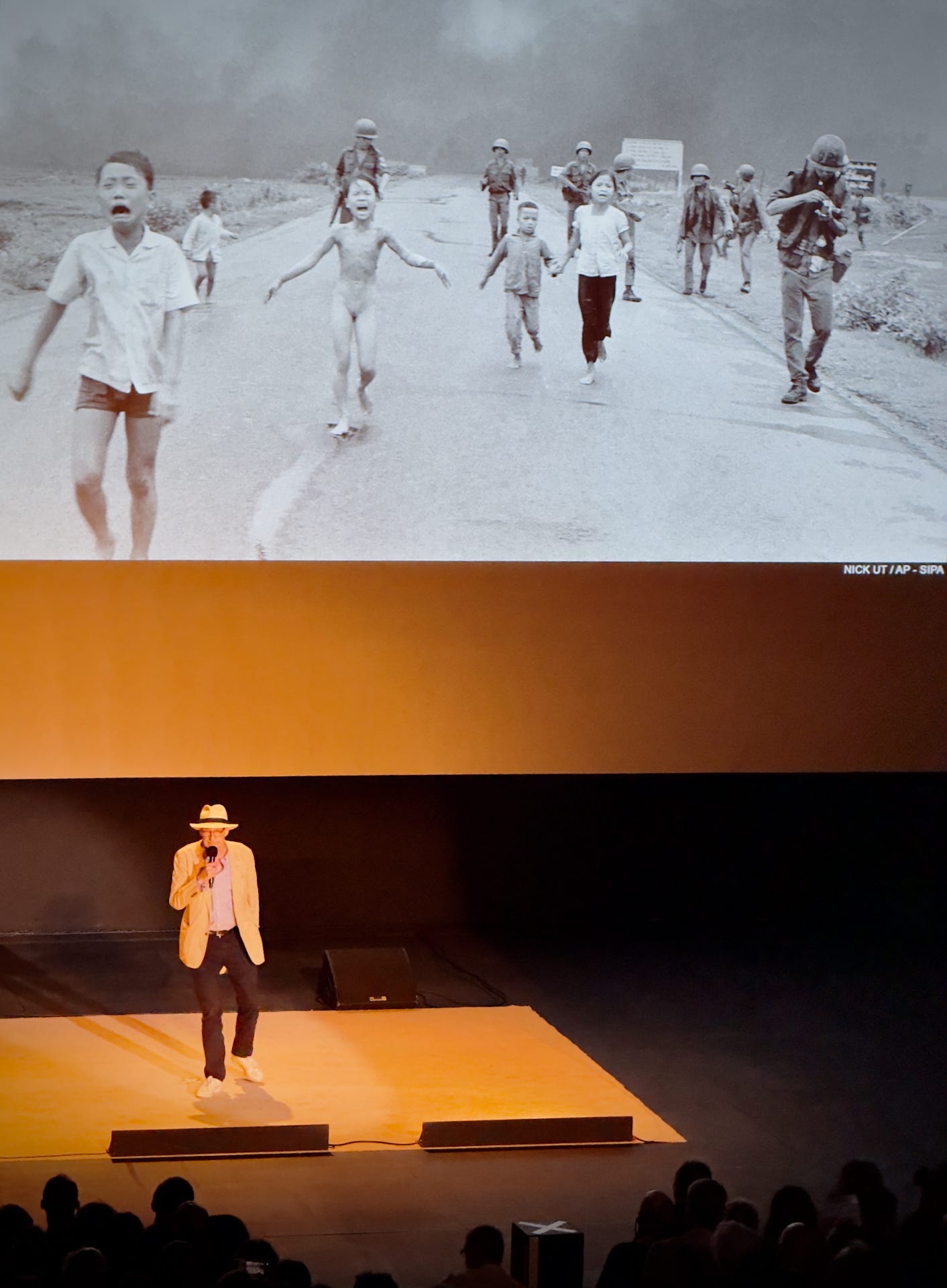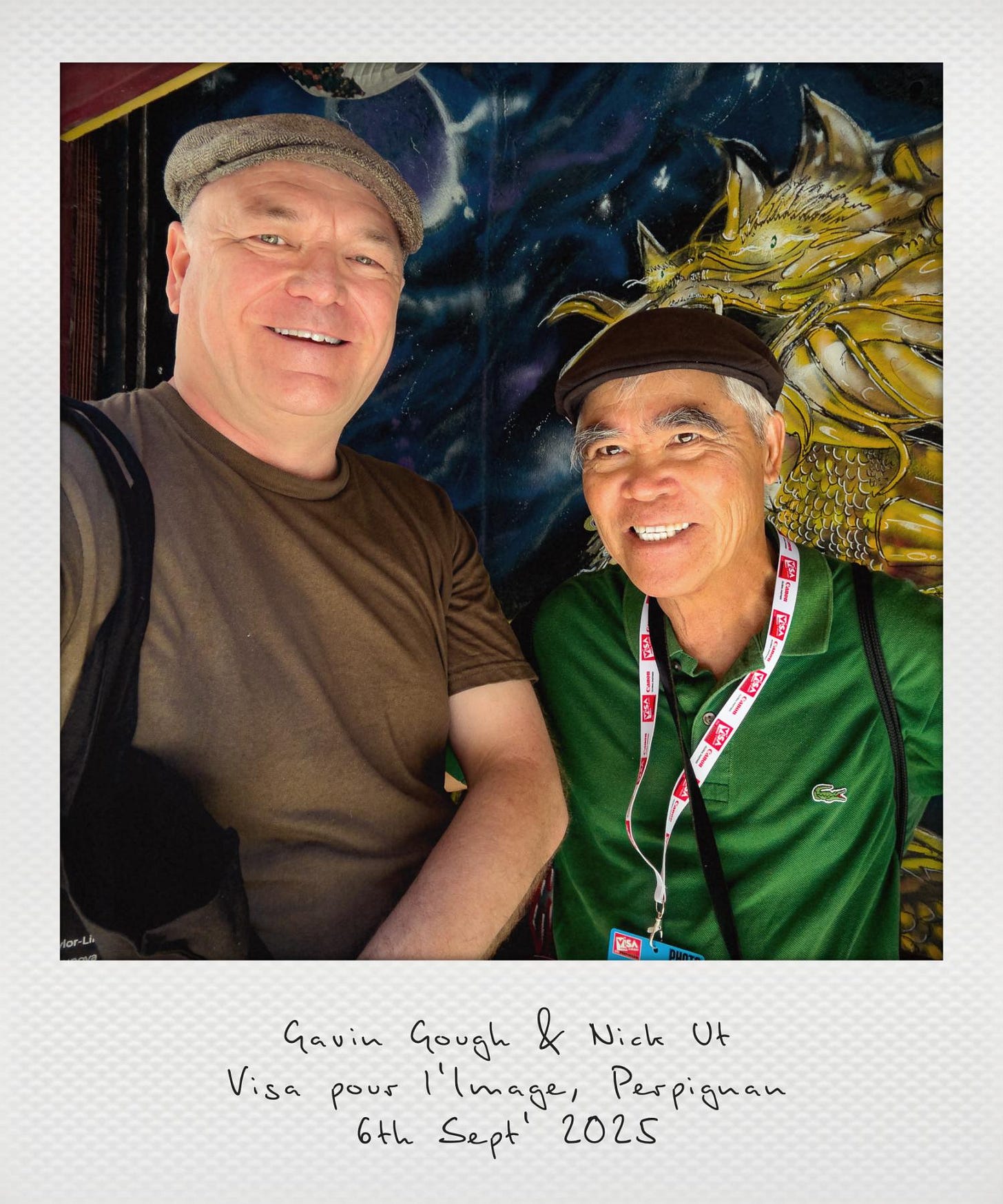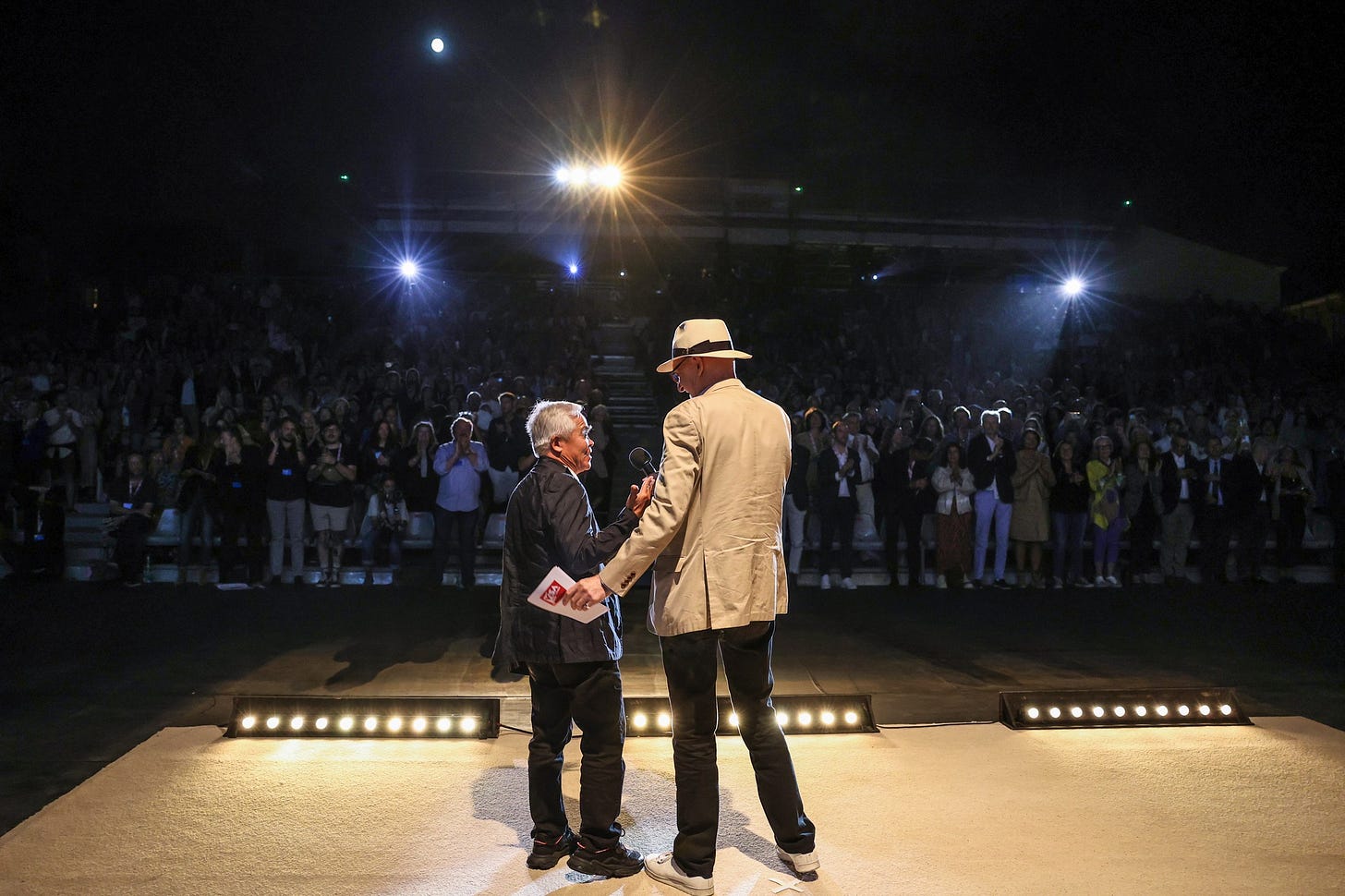Beyond the Frame 71/
A Postcard from Perpignan II. Photos from the Magnum archive show a divided Germany. Nick Ut at Visa pour l’Image. A Geneva Photo Walk.
A Postcard from Perpignan II
I’ve recently returned from Perpignan and the annual Visa pour l’Image International Festival of Photojournalism.
This was my first visit to the Visa festival and it exceeded all my expectations. Impressive exhibitions in beautiful venues, a lively community of photojournalists and editors, and thought-provoking screenings every evening.
Photojournalism is, by definition, often a very solitary endeavour. Photojournalists might sometimes work alongside colleagues and have contact with editors but typically the work is done alone in far-flung locations. There are no opportunities to chat with colleagues beside the water cooler.
It can often feel as if one is working at the periphery of the occupation, with no sense of where the centre is, or if one even exists.
Perhaps that’s why my time in Perpignan felt so revelatory. This is where I discovered, albeit for a week only, the heart of photojournalism.
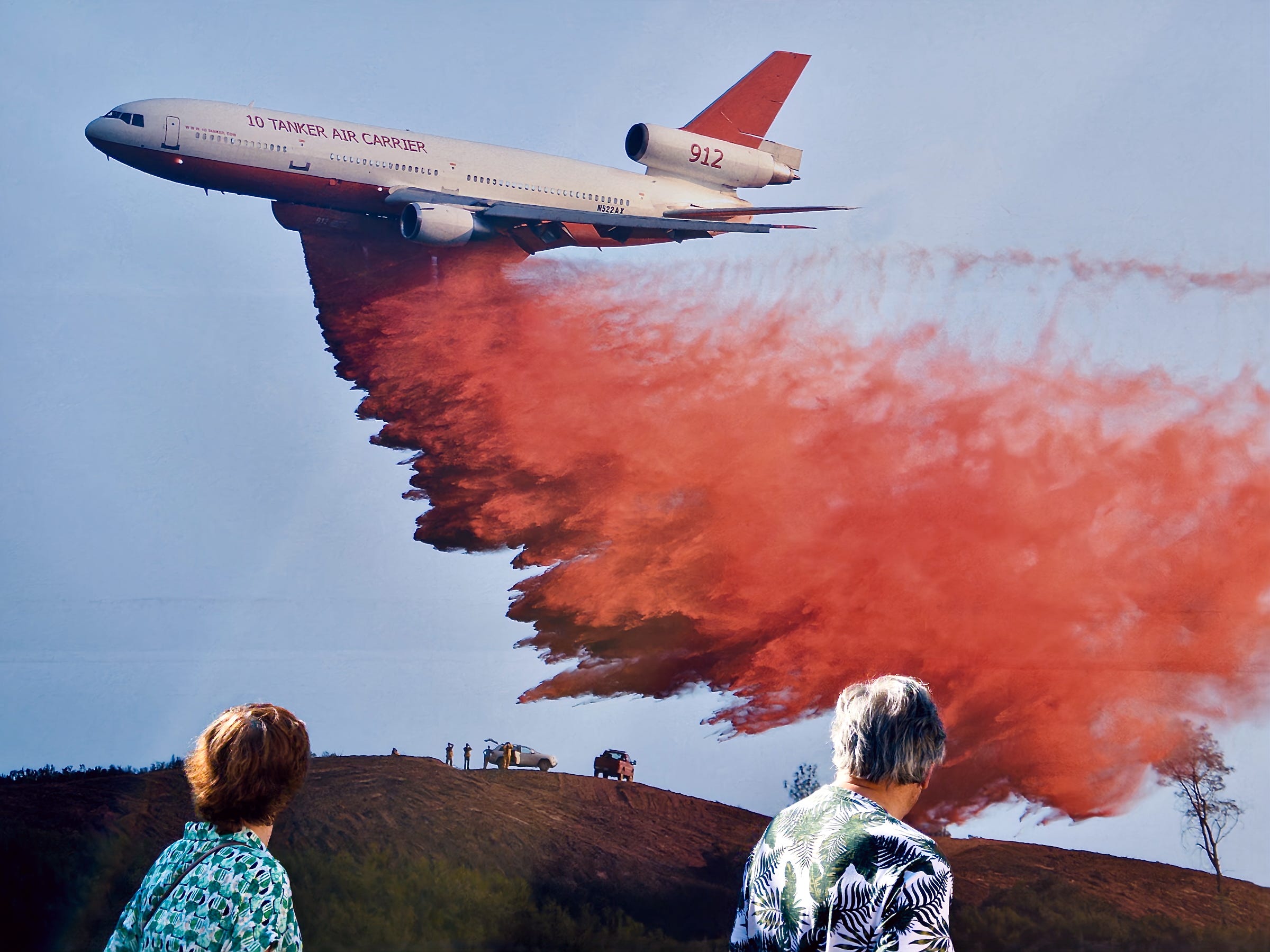
It felt to me as if Visa provides not only recognition for the dedication of photojournalists, but also a heartfelt appreciation of their work.
Photojournalists aren’t in the business for fame or fortune (they’d be sorry if they were), but because they feel a strong desire to explore the world and to share what they find. At heart, photojournalists are simply saying, “Have you seen this? Isn’t this worth our attention?”

Indonesia
So many of the photo essays I saw showed stories that were unfamiliar to me. For example, Cynthia Boll’s essay about the Indonesian capital, Jakarta, being relocated to an entirely new city, Nusantara, is a huge story that had entirely passed me by.
El Salvador
Similarly, Juan Carlos’s startling photo essay from a “Confinement Centre” in El Salvador reveals a situation I was not fully aware of before arriving in Perpignan.
What did I learn?
Visa pour l’Image has been a welcome, restorative tonic to me. At a time when it can feel as if the usual response to serious, significant stories about the state of our world is to shrug and keep scrolling, it has been so reassuring to find a community quietly paying close attention.
The exhibitions were busy, often with long queues of people eager to see the exhibits. Seats at the evening screenings were fully occupied. The projected photo essays were viewed in hushed silence. The sense of respect for the work was palpable.
It’s not an exaggeration to say that I was profoundly moved to be part of a community responding to the photojournalists’ questions, “Have you seen this? Isn’t this worth our attention?” with a steadfast, “Yes, we see. Thank you.”
Practically, the festival offers context. For a photojournalist wondering, “Why am I doing this?” the audience of editors, fellow journalists, and engaged observers provides a clear answer, “You’re doing this so we can see the world more clearly.”
Emotionally, the festival galvanised my own intentions. It reassured me that there is still a place where stories will be seen and heard and whilst the landscape for photojournalism might be changing rapidly, there are still many good reasons to pick up a camera and step out into the world.
George Steinmetz
Many prestigious photography awards are presented each year at Visa pour l’Image. One of the most notable is the Figaro Magazine Lifetime Achievement Visa d’or Award, which was awarded to a very surprised and humble George Steinmetz.
Images from George’s Feed the Planet project were exhibited at Visa and seeing the images expertly printed and framed in a carefully curated collection was a treat.
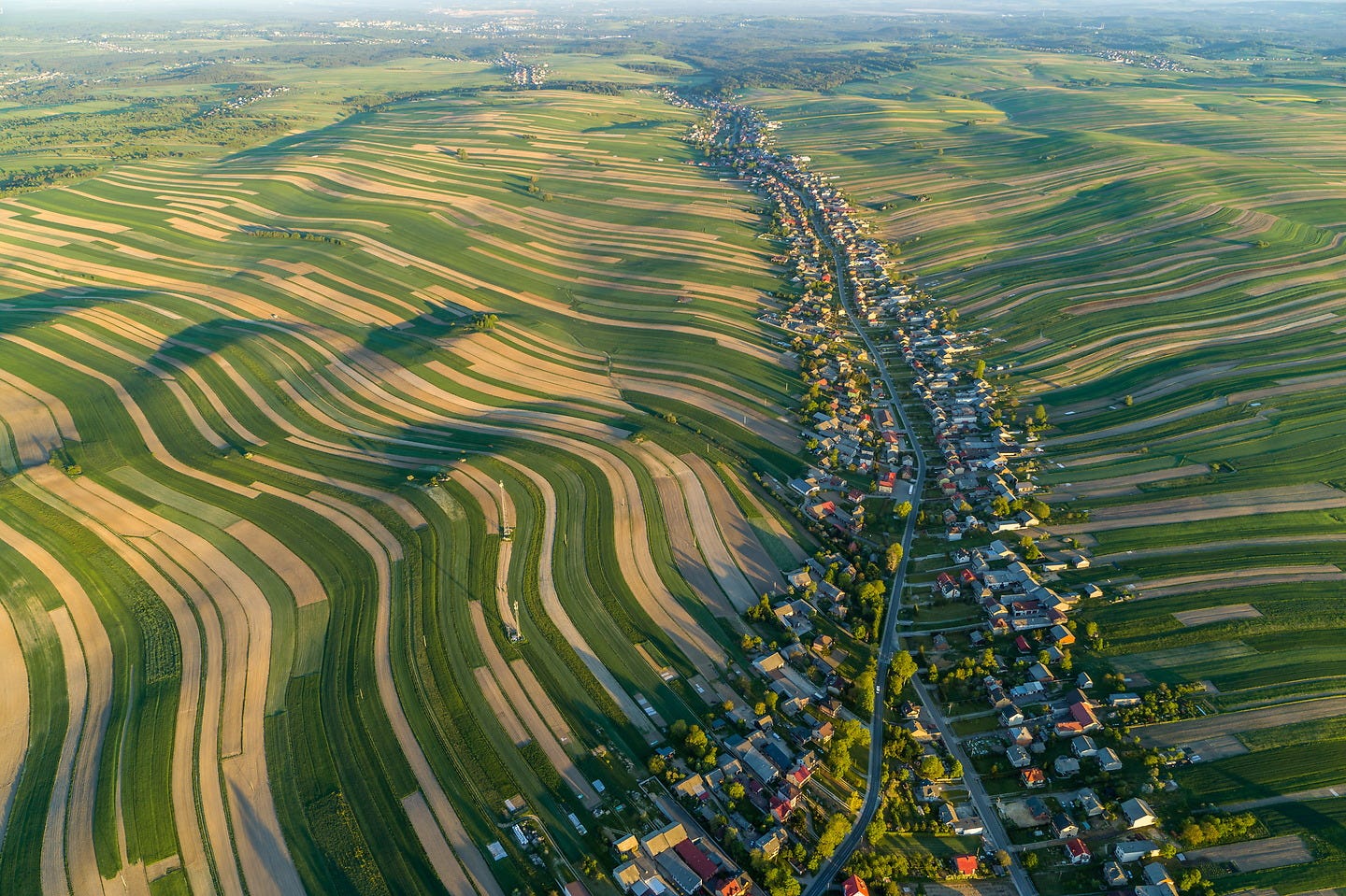
Feed the Planet shows how our agricultural practices impact upon the landscape and shape our communities. It’s such a wide-ranging and comprehensive collection that it really sets the Gold Standard for editorial photo essays.
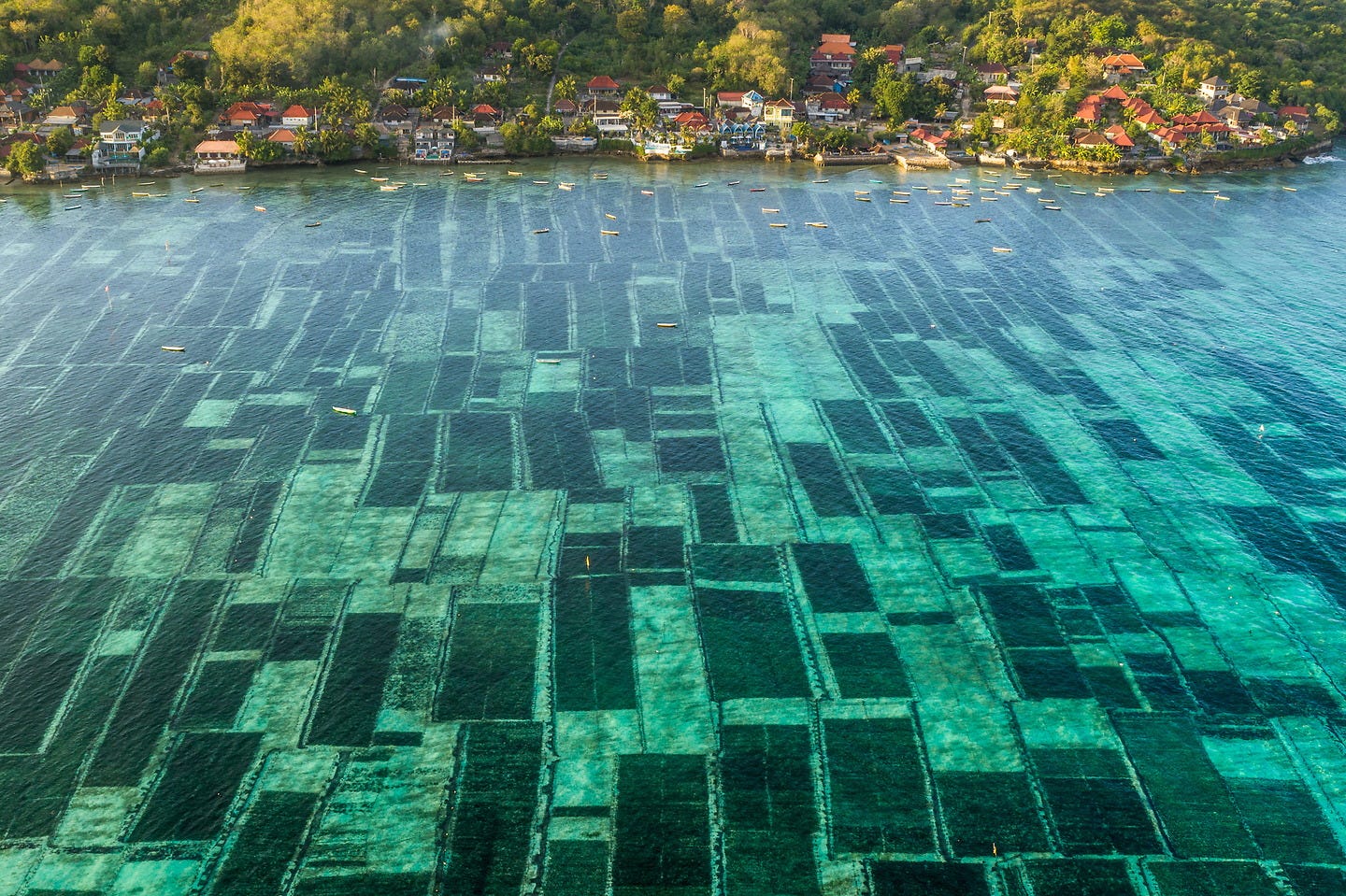
I also recommend looking at George’s other projects, including a collection of New York from the Air.
A World in Colour: A Divided Germany
I wrote about Magnum’s archival recovery project, A World in Colour, in Beyond the Frame 69/.
The latest batch of archived images retrieved from the Magnum archives has just been published and features “the two faces of Germany in the 20th century”.
The collection includes images from Inge Morath, Thomas Hoepker, Steve McCurry and Leonard Freed. The photos illustrate the divide that existed in Germany for four decades and show life on each side of the “absurd and deadly wall.”
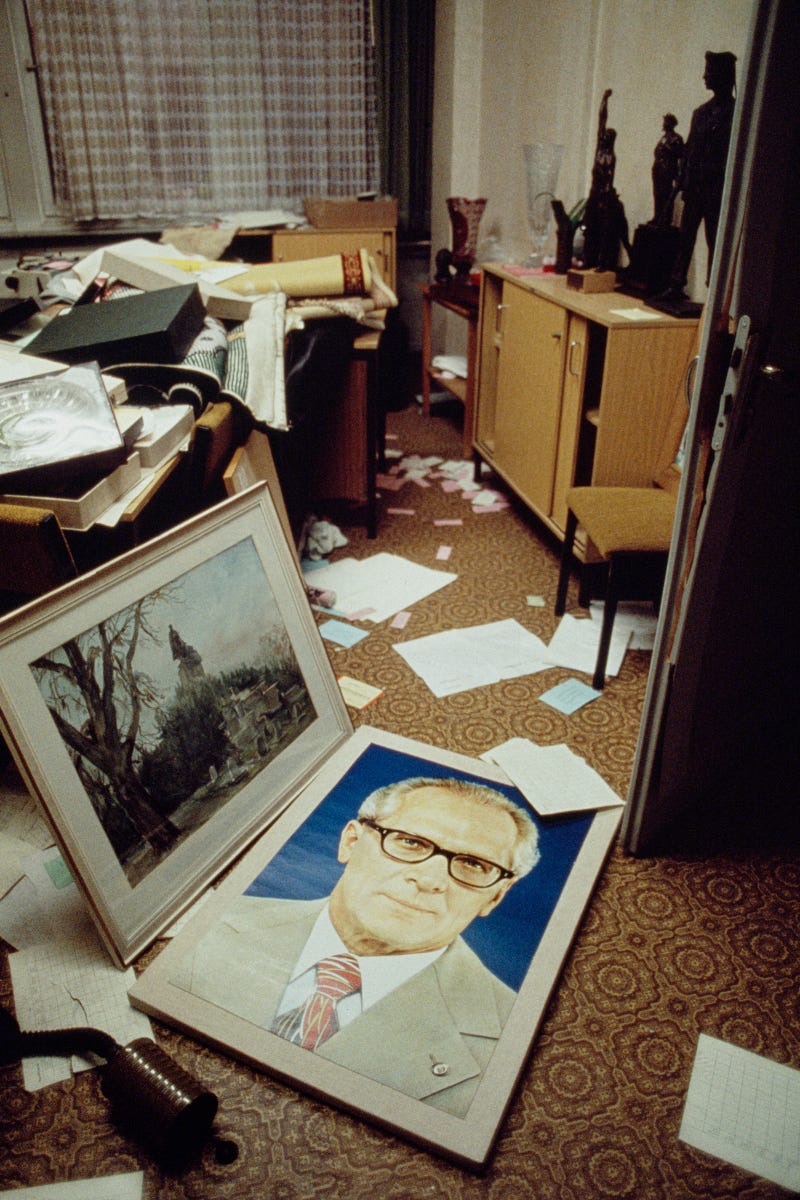
As with previous editions, one of the aspects I find most fascinating is the inclusion of original transparencies in their mounts.
Fujikina London
I’m heading to London tomorrow later today and will be attending Fujikina London, where Magnum are presenting images from the World in Colour project.
If you’re going to Fujikina in London next week, please come and say Hi.
Nick Ut and The Napalm Girl Photo Update
I took an in-depth look at the history of photojournalist Nick Ut’s most famous photograph, known as Napalm Girl, in Beyond the Frame 54/.
In short, a new documentary called The Stringer alleges that another photographer is the author of the iconic Napalm Girl image. It’s been hard to get a considered view of the allegations made in the film because it’s had very limited screenings. However, the filmmakers have apparently signed a deal with Netflix and it’s due to stream later this year.
After their own lengthy and comprehensive investigation, Associated Press have not altered the credit on the photo. World Press Photo have taken a different view and suspended Nick’s attribution. It’s accurate to say that the World Press Photo decision has been greeted with dismay by many in the photojournalism community.
Nick Ut at Visa pour l’Image
I was honoured to be in the audience that gave Nick Ut a standing ovation when he was invited onto the stage at Visa pour l’Image.
(With apologies for my shaky phone footage. Caught in the moment, I was trying to stand, applaud, and make a video all at the same time!)
There’s clearly a lot of heartfelt support for Nick and I hope he was heartened by the reception he received in Perpignan.
Serendipity
I bumped into Nick on the street in Perpignan the next day and was grateful for the opportunity to share my support for him in person.
Visa pour l’Image statement
There is no incontrovertible evidence that anybody other than Nick Ut made the Napalm Girl photo and those who were working beside Nick on the day still maintain that only Nick could have made the photo. I’m reliably informed that their views are not expressed in The Stringer film.
It’s worth reading the statement made by Jean-François Leroy, the Director General of Visa pour l’Image, in full.
"I have a long story to tell you, but I’m sure that most of you know it already.
For more than fifty years we had seen the photo of the girl running from the napalm attack in Trảng Bàng on June 8, 1972. It was credited to a photographer with Associated Press by the name of Nick Ut, and he’s with us this evening. Earlier this year a foundation set up by a photographers’ agency here in Perpignan decided to do a documentary on the picture that is now historic.
The documentary, which is not available so I haven’t seen it, presents various pieces of evidence suggesting that Nick did not take the photo, that it was taken by another photographer there at the time. So fifty years after the event, that photographer is alleging that he is a victim of injustice.
With all that, and while the crews working on the documentary admit that they are not presenting – and I would like to stress this point – that they are not presenting incontrovertible evidence, an established and once respected institution of photojournalism decided to cancel one of Nick’s awards for the photo.
Now, I have a confession to make: I wasn’t in Trảng Bàng on June 8 1972, but lots of people were, or were working in the region and in the AP office in Saigon; there were direct and indirect witnesses of the famous scene, and they continue to state in no uncertain terms that it was indeed Nick who took the photo. Reports of witnesses defending Nick were not included in the documentary, and the more I discover the working methods and means of investigation used for the documentary, the more surprised I am.
There have always been professional fault-finders, parading behind a façade of virtue, determined to slay targets to serve their chosen cause; they are perfectly entitled to do a documentary, and we would not attempt to silence them. But when an institution that is supposed to defend and advocate for the cause of photojournalists chooses to play the role of police attacking our profession, then it is a different story. I would like to stress that there is no incontrovertible evidence, and the rare witnesses on the scene refute the version presented in the documentary.
At a time when trust and faith in the press have already been sorely challenged, they decided to join the pack. Why? I shall leave it up to the photojournalists here to go to Amsterdam and ask them that question directly.
Here at Visa pour l’Image, we are many different things: corny, classical, orthodox, grouchy, dramatic, and so on. Our critics are never short of vocabulary when it comes to describing us. But we are also fiercely determined to defend this profession that we love and was so greatly loved by Roger Thérond who helped me found the festival.
It is because this is what Roger would have done, because it is fair and just to do so in the absence of incontrovertible evidence, and because it is the raison-d’être of the festival, that I wish to make the message loud and clear this evening: Visa pour l’Image and Perpignan are standing by Nick Ut and all the photojournalists who risked their lives to report on the Vietnam War."
– Jean-François Leroy, Director General of Visa pour l’Image (Translated from original French).
There’s no date for The Stringer to appear on Netflix at the time of writing but I will, of course, let you know when it’s finally available to stream. I think it might provide a good opportunity for the first Beyond The Frame Watch Party!
Photo Walk with Foto
A reminder that the first Global Photo Walk, in association with the nice people at the Foto app, is taking place at multiple locations around the world on Saturday 27 September, 2025.
I shall be leading the Photo Walk in Geneva, Switzerland. There are limited places available.
You can register for the Geneva event and see the complete list of international photo walks on the Foto website.
Until next time, go well.
Directory: Beyond the Frame newsletter archive.
Resources: Recommended books, films, gear, media etc.
Beyond the Frame 70/
A postcard from Perpignan. News from the Visa pour l'Image International Photojournalism Festival.


